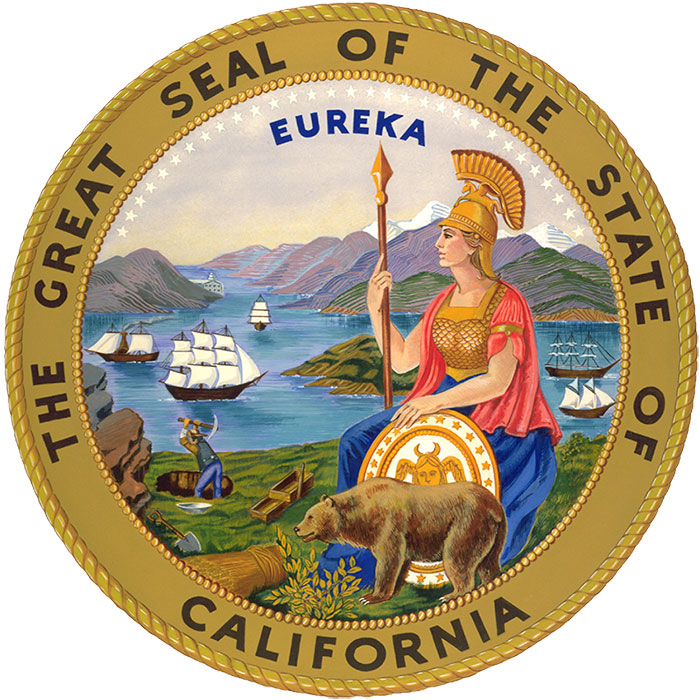Creel was asked whether the advance of E. Hunter Harrison’s operating model — used at CP, Canadian National, CSX Transportation, and which Union Pacific says it’s implementing — increases or decreases the odds of Class I railroad consolidation.
“Yes, eventually it’s going to happen,” Creel said at the railway’s Oct. 4 investor day. “It’s not a matter of if — it’s when. And when it does happen this company’s going to be in a unique position. We’re going to be a leader in this industry in service, a leader in this industry in competition. We’re not afraid of it. We embrace it, we look forward to it. And if it offers compelling value for our shareholders, then certainly we’re going to consider it.”
Combining two railroads running Precision Scheduled Railroading will make it easier to clear regulatory hurdles the Surface Transportation Board has set for major mergers, Creel says.
He laid out his case for merger this way:
As Precision Scheduled Railroading takes root and gains traction, it creates capacity in the industry.
“The challenge is, it’s not enough,” Creel says.
That’s particularly the case in Chicago, where a quarter of North American rail traffic originates, terminates, or passes through. As the population grows, and highway congestion increases, there will be increased demand for freight rail.
“You can’t double traffic in Chicago and solve that problem with just PSR. It just doesn’t happen,” Creel says.
The solution to increasing demand and finite capacity will be to remove operational complexities and eliminate interchanges by combining Class I systems, he says.
Creel says that combining two like-minded railroads running Precision Scheduled Railroading will create capacity and enhance service — two of the things the STB requires consolidating railroads to show in a merger application.
“Eventually it’s going to have to happen,” Creel says. “I don’t know if it’s three years, five years, 10 years.”
The only question, Creel says, is whether railroads will combine out of necessity or if they get ahead of a capacity crunch by taking a proactive approach to merger.
No Class I railroad has filed a major merger application since the STB imposed the more stringent major merger rules in 2001.














This is really a thing again?
And as Braden indicated……Trucking doesn’t even consider Railroads a threat! Railroads continue to lose Market Share of the Freight business!! So just go on doing it like they’ve been doing and Railroads will be a historical footnote!
Railroads would benefit from the ability to offer single carrier service. Shippers would benefit from increased competition. How to achieve both?
Allow additional mergers but with conditions designed to increase, not just preserve competition. For example:
CP & CSX merge to form Chessie Pacific. (Don’t focus on my names or specific partners. Focus on the concept.) To keep CN from losing interchange with CSX, CN get trackage rights to major terminals deep into CSX territory and Chessie Pacific agrees to quote rates from any shipper to these terminals for CN interchange. Likewise, NS gets rights deep into CP territory and interchange rights at major terminals there. Now there are 3 railroads (Chessie Pacific, CN, and NS) that stretch from Florida to British Columbia. CN and NS are now major competitors and can’t merge with each other.
Next BNSF merges with CN to form CNSF. UP would get trackage rights into CN territory while Chessie Pacific would get rights into UP territory, again with CNSF agreeing to quote rates to interchanges at major terminals throughout their territory. Chessie Pacific and CNSF now serve all of North America with UP not yet serving the East and NS not yet serving the west.
Finally UP could merge with NS to form Norfolk & Pacific, again granting trackage rights to competitors. Most shippers will benefit by being able to route to a nearby interchange with 2 competitors if they are not happy with the carrier serving their facility. Railroads benefit by being able to offer single line service.
Creating two transcons does not make the need for interchange go away. CSX interchanges with both UP and BNSF at present. I assume a significant amount of traffic will still have to interchange to the other carrier somewhere enroute. Interchange can work smoothly, if the railroads are prepared to manage it properly, and that did occur in several places in an earlier era. The two pairs of roads have enough trouble interchanging at he east-west gateways today; I can’t see it being any better and likely worse if it is between two even bigger monsters.
One way to eliminate interchange is to go to open access, but then the railroads might actually have to compete rather than enjoy the comfort of knowing many of their shippers are captive. That solution is highly unlikely, of course.
What prior posters and other don’t realize are how freight rates are developed and balanced, and how the induvial railroad buy their supplies with their purchasing department.
Freight rates are developed in comparison to completion and satisfaction of the shipper. If you merge east and west railroad there is no completion and shipper is at a take it or leave it situation. If two line merge the resulting giant will favor one route and satisfice nearly half of its present traffic and lose that traffic.
Each company have purchasing department which buys certain brands of supplies. Such as type of stone, track items, locomotive and do not balance purchases from competing supplier. It is likely that half of the supplier will have to fold up when their product is not the one in favor by the resulting giant. Then the price of the favored product has no price completion.
Any more merges will just increase freight rates and supply costs.
Other than abandoning some of the capacity of the existing systems (really a bad idea), what operational saving can be made by merger? Motive power just travel through existing junction the same as it would if they were merged.
PSN is just a con job to give industries only one day a week service instead of daily or as needed service to fit the traffic. That kind of service destroyed the turn around time for the car as it waits several days to be delivered, and several days for empty pick up and if the reload location also having PSN it will go through the same time lost being reloaded. At some point the cost of owing the car is too expensive for the traffic revenue it will receive so the rate has to go up or the railroad will abandon that shipper and traffic.
Braden: Two words – captive shipper.
Precision Railroading is good at growing the railroads right into oblivion.
How about these Harrison nuckle heads just stop talking about “potential” mergers? Just because another railroad, or two, brings in parts of PSR into their operations does NOT necessarily mean that Class I’s are thinking of another round of mergers.
Having endured all of the Class 1 mergers in the past 40 years and especially the mega mergers that took place in the 1990’s; how about y’all not plan any more mergers till after I am retired.
I’ll be “pulling the pin” sometime in the next 1-3 years and surely y’all can wait that long before screwing everything up again.
Monopolies and oligopolies? Did we just magically forget there is no such thing in railroading? Do some of you not realize trucks are a major competitor that dominate intercity freight lanes?
Bad ideas… monopolies and oligopolies are bad. We’re 75% of the way there now.
No, Keith, it does NOT have to happen, does it make it more possible, yes, but it absolutely does NOT have to happen…and the railroads would be smart to NOT even think about it, just stay the way they are currently…interchanges aren’t the big problem you make them out to be, they could be made much more simpler and easier to handle…but that would take some balls in railroad management to sit down and say..all revenue in interline movements needs to be split 50/50…period.
Given the service meltdowns that have tended to accompany mergers in recent decades, more mergers would seem to be counter intuitive, at least from an operations perspective.
The only thing stopping railroads from offering single-line types of service between points like Atlanta and Milwaukee is the railroads’ inability to see past the short-haul issue on either side of the interchange. Even if East and West railroads merged, they will still look for the longer haul (low-hanging fruit) and ignore the shorter ones that might require some thought and modified operations.
Just remember, precision schedule railroading doesn’t work unless you get rid of the customers and dont take on more business as the CP and CSX have done. And it’s all about the share holder, they don’t care about the customer or employees.
Mergers need to happen to open new markets, and create (as well as new) single lines of service.. Atlanta-Denver, Minneapolis-Atlanta, Port of LA/LB-Ohio Valley, PNW-Midwest…Just a few examples. I believe finally combining east with west will benefit carload as well..
I agree with Mr. Creel that transcon mergers are an eventuality. It is also needed to preserve market share with trucks.